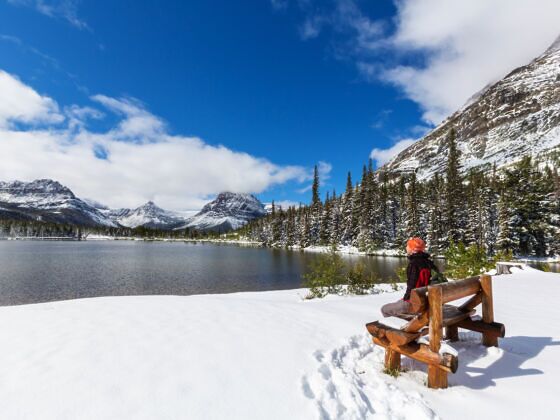If you find yourself towards the higher latitudes of the northern hemisphere these days, this time of year brings with it a certain chill. My friends in Montreal speak of two-foot drifts of snow that you can barely bike through; as of this writing it’s -33C in Novosibirsk, and it’s rather cold in Nunavut (to be fair, it’s always rather cold in Nunavut.)
As a small child, one of my favourite things to do on very cold and snowy days was to curl up under a blanket and read books about far off places and adventures from the comfort of my warm covers. If you ever feel like doing the same, here are five books well-suited to that purpose:
